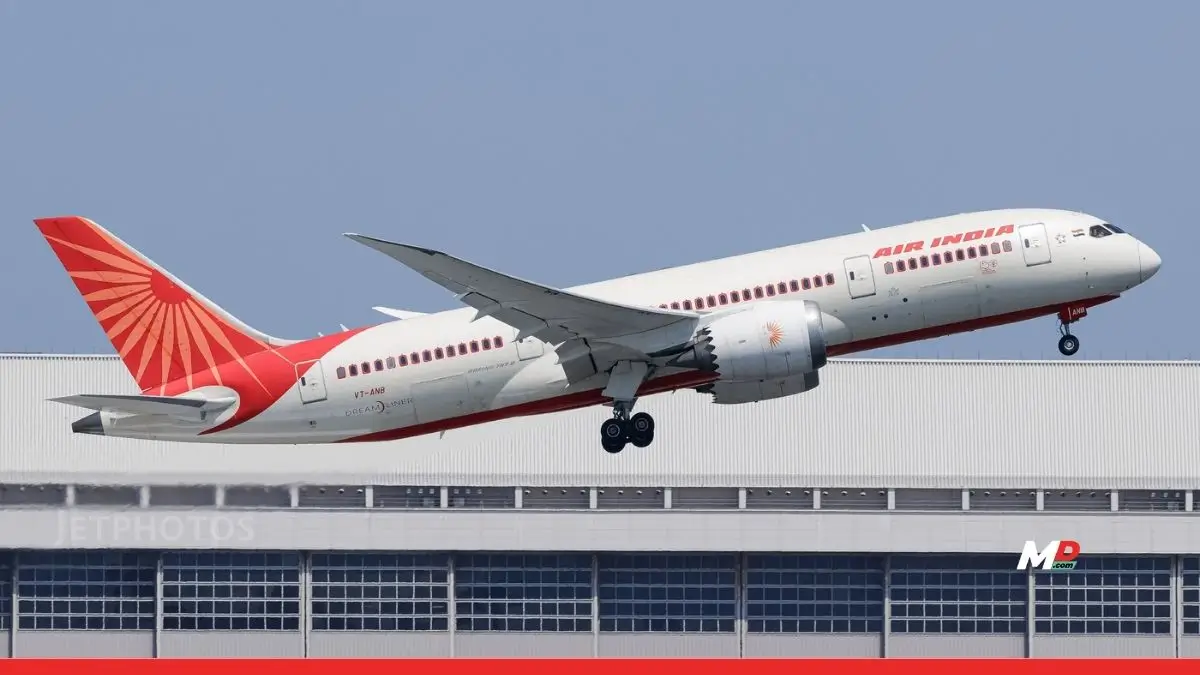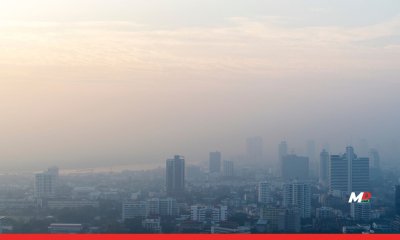Published
7 months agoon
By
Ann Uruvath
In the world of aviation, few names have symbolized technological excellence, trust, and global ambition like Boeing. For over a century, the American aerospace giant has been more than a company—it has been a flag-bearer of innovation, precision, and pride. But over the past five years, the sky has darkened over Boeing. What once soared as a symbol of safety now teeters in turbulence. The tragedies, the whistleblowers, the investigations, whistleblower deaths, and most painfully, the lives lost, paint a sobering portrait of a company struggling to regain control.
The Boeing 737 Max was meant to redefine the single-aisle jet market. Instead, it became the epicenter of one of aviation’s gravest crises. In late 2018, Lion Air Flight 610 plunged into the Java Sea. In early 2019, Ethiopian Airlines Flight 302 suffered a similar fate, with Boeing taking full responsibility. Together, they claimed 346 lives. Investigations traced both crashes to the Maneuvering Characteristics Augmentation System (MCAS), a software Boeing installed without properly training pilots or transparently communicating with regulators. The global response was swift: a 20-month grounding of the 737 Max and a public reckoning with Boeing’s priorities.
Just as Boeing began to show signs of recovery, tragedy returned. On January 5, 2024, Alaska Airlines Flight 1282—a Boeing 737 Max 9—suffered a terrifying mid-air incident just six minutes after takeoff. A door plug blew out at 16,000 feet, exposing a manufacturing lapse so severe that it reignited worldwide concerns. The aircraft was nearly new. Investigations revealed that key bolts were missing. The jet, Boeing’s best-selling model, became a global headline once again—for all the wrong reasons.
The door plug incident unleashed more than cabin pressure—it exposed a systemic crisis in Boeing’s culture. Quality inspector Sam Mohawk’s chilling testimony suggested chaos on the factory floor, missing parts, and unsafe shortcuts. Other whistleblowers, like the late John Barnett and Josh Dean, had raised similar alarms—both tragically passed away in 2024, some say in mysterious circumstances. The Senate hearings grew heated. CEOs were grilled. Senator Josh Hawley accused Boeing of strip-mining its integrity for short-term profit. The company, once revered, was now being likened to a cautionary tale.
The unthinkable happened again. One of Boeing’s most advanced aircraft, the 787 Dreamliner, suffered its first fatal crash in mid-2025, when AI 171 bound for London crashed shortly after take-off. The flight was airborne for less than a minute, never crossed 600 feet, and was fully fuelled for a long-haul journey. The engine failed immediately after takeoff—an incident so sudden and severe that it stunned experts. Aviation analysts called it a miscalculation too grave to ignore. The aircraft, Boeing’s dream of modern long-haul travel, had now entered the annals of tragedy.
And this was not the only fatal event involving Boeing aircraft in recent years. Here’s a sobering timeline:
Each of these incidents, spread across continents, underscores a larger pattern: a crisis not of isolated errors, but systemic lapses.
What ties these incidents together is not just mechanical error, but organizational decay. Decades of cost-cutting, outsourcing, and shareholder-first decisions have slowly eroded Boeing’s reputation. The merger with McDonnell Douglas in 1997 marked the start of a culture shift—engineering took a back seat to management. Whistleblower claims, congressional investigations, and independent audits all point to one truth: Boeing lost its way.
The Justice Department has responded. Boeing is set to plead guilty to fraud charges related to the 737 Max crashes. The company will pay fines, face monitoring, and attempt cultural reform. CEO Dave Calhoun will step down by year-end, replaced by leaders tasked with the impossible: to restore trust to a company that once defined it.
Boeing’s collapse is about corporate greed and organisational decay, but its fallout is very human. It affects pilots, crew members, passengers, and families. It affects the flying public’s sense of safety. For airlines that rely on Boeing aircraft, from Ryanair to Southwest, the consequences are real: grounded jets, cancelled routes, and shaken confidence.
In a world that demands speed, Boeing is being forced to slow down. Factories have paused. Inspections are intensifying. Spirit AeroSystems is being reacquired to restore supply chain control. And while some analysts remain optimistic, calling this a chance for a ‘borderline miraculous’ revival, others warn the rot runs too deep.
Despite the headlines, it’s worth remembering that Boeing’s aircraft still carry millions safely across the globe every week. It still commands a 45% market share in commercial aviation. But reputations are harder to rebuild than airplanes.
Fixing Boeing isn’t just about replacing bolts—it’s about rebuilding belief. It’s about showing workers they matter more than margins. It’s about proving to the world that safety isn’t a slogan. It’s a standard.
The road to redemption won’t be easy. But if any company has the history, the scale, and the reason to rise again—it’s Boeing. The question isn’t whether it can. It’s whether it truly will.


Justdial releases ‘How India Searched in 2025’ report, Decoding India’s evolving consumer behaviour


From Intention to Action: Health Priorities in a High-AQI, High-Pressure Environment


The Future of Air: How 2026 Could Transform India’s Urban Breathability


Building a BRIDGE: The NTT Global Data Centers way


3 movies that make for the perfect cinematic countdown to NYE


Indian economy officially becomes fourth-largest in the world, but are we really rich?

